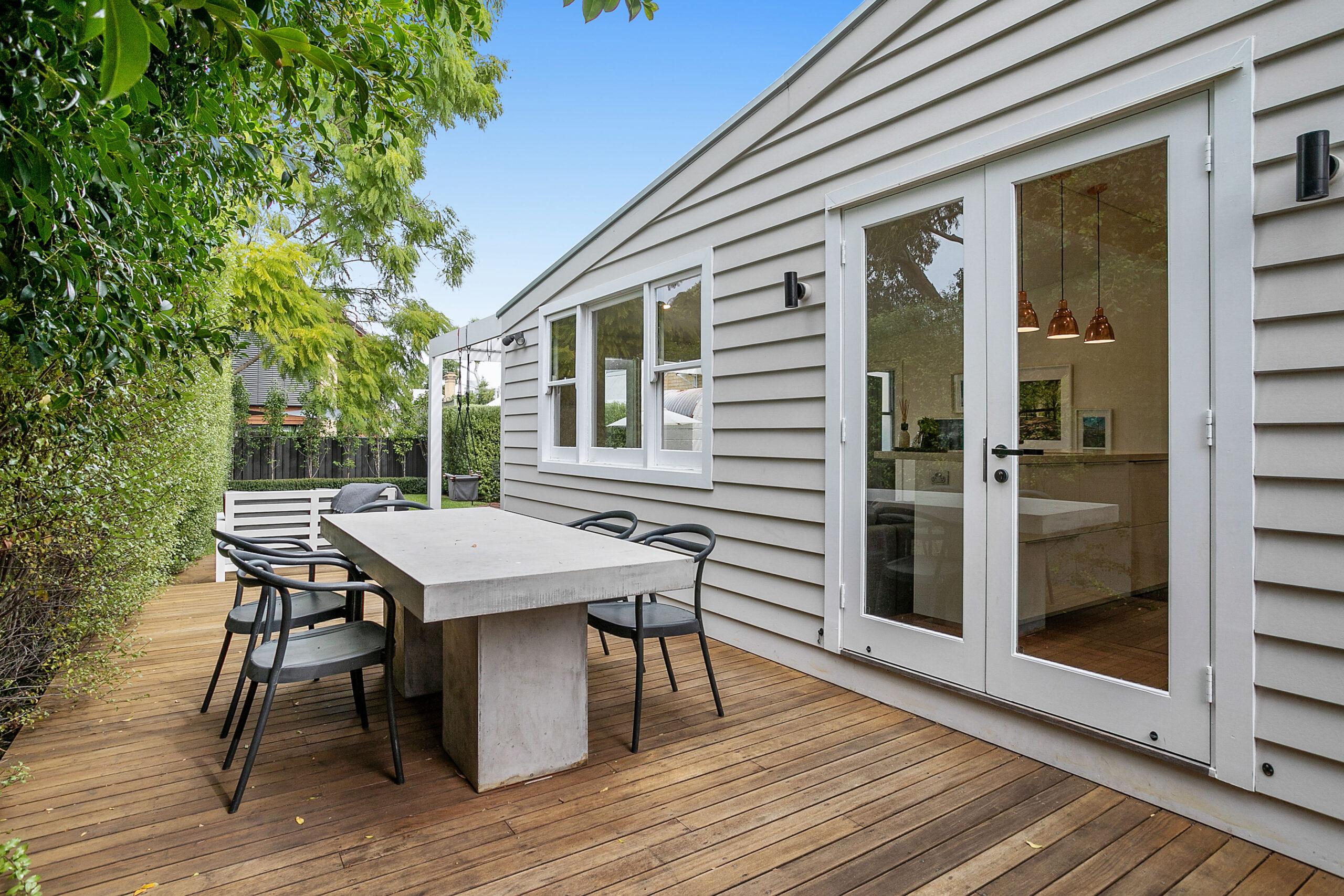
The Granny Flat – Is It a Solution to the Housing Affordability Crisis?
Rising property prices across Australia over the past decade has forced many Australians, young and old, to re-evaluate their dream of traditional homeownership.
Prohibitively high rental costs have also contributed to the strain on affordable housing for governments across the country and have prompted a rise in the approval and construction of granny flats as one way of adding value and flexibility to an existing home.
Whether it’s an elderly grandparent or parents in search of a smaller property close to love ones, Gen Ys not ready to flee the nest or families in search of additional income in challenging economic times – granny flats are a flexible, affordable option for homeowners in a variety of situations.
As land values have increased dramatically over recent years, property owners are increasingly looking for ways to improve their most valuable asset. In recent times I have seen many granny flats added to existing homes to add value or being included in the building plans for a new home.
Although in the past granny flats were often built to accommodate aging parents, more recently families are now using them as a secondary income stream, especially following a relaxation in regulations surrounding their construction.
Recent changes in the legislation regarding granny flats in WA means they can now be built in all residential areas as long as there is no more than one main home and one granny flat on the same block. They also must be no more than 70 sqm in size in general but may be larger depending on the restrictions placed on them by individual councils.
Granny flats are subject to the same building approval processes, setbacks and height limitations as all residential dwellings, it was a good idea to first seek the advice of your local council’s planning department before making any decisions.
As whether the addition of a granny flat will add value to your home when you make the decision to sell, the jury is still out on that one. A granny flat will only appeal to a certain sector of the market, therefore, my advice for homeowners is to look at it as a long term investment. It will be seen as a real plus by some and as a negative by others, it just depends on the needs of the particular buyer.
The recent influx over the last decade of international buyers into the local property market had seen an increase in demand for granny flats with other cultures more accustomed to housing different generations under the one roof.
When making the decision as to whether or not to build one, my advice to homeowners is to be guided by their own particular needs as well as how long they plan to live in their home. Think about the value it will add to your life first and foremost as it may or may not necessarily translate into a better sale price in the future.